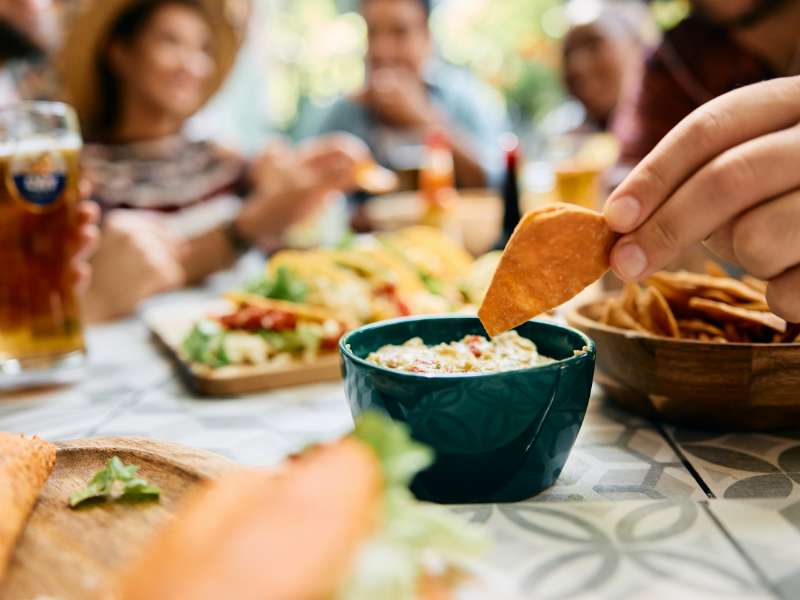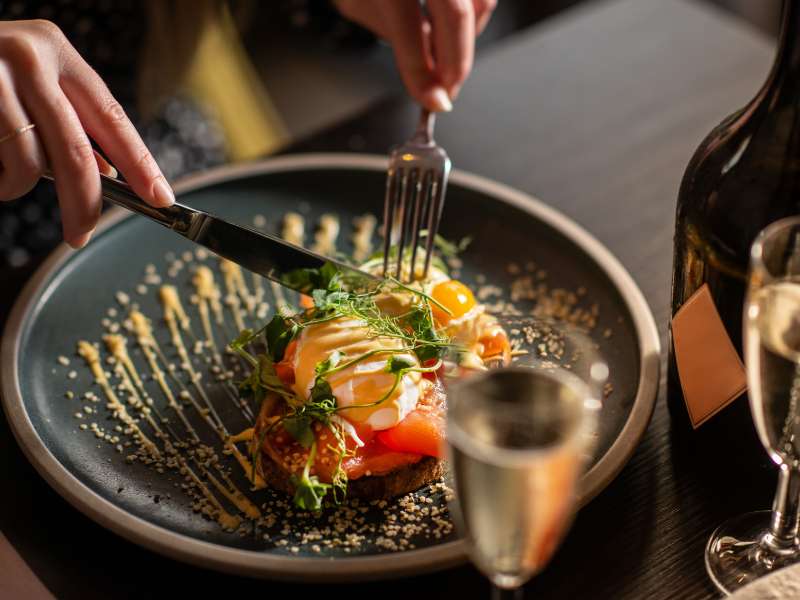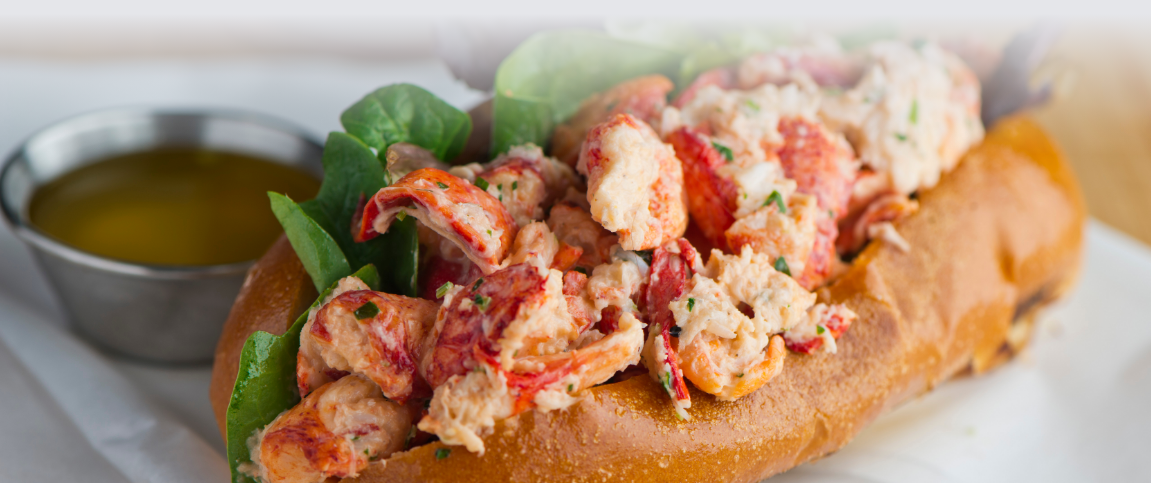Consumer attitudes around seafood tend to go in and out like the tides. Take lobster for example: Originally enjoyed by consumers of lesser means, the shellfish is now considered a luxury item, fetching a pretty penny.
Over the past century, American attitudes toward seafood have been all over the place. During World War I, the U.S. government encouraged citizens to eat seafood to support the troops, but the tactic backfired, and seafood consumption fell after the war. National appetites for seafood remained relatively low until the 1970s when Japanese immigrants introduced sushi to mainstream American audiences and restaurants began experimenting with new approaches to seafood.
In the 1980s and 90s, seafood signaled opulence, and it was associated with white tablecloth fine-dining restaurants. On the menu, seafood showed up in now-classic preparations like shrimp cocktail, shrimp scampi, surf ‘n’ turf, crab cakes, and fish baked in papillote. That eventually evolved to include things like tuna tartare, as national appetites for raw fish grew.
Hooked on Handhelds
These days, casual creativity is the name of the game. Consumers are looking for trendy, easy-to-eat seafood options at a variety of price points. That’s showing up in the form of sushi bites, sushi burritos, shrimp toast, crab rangoon, and lobster rolls.
Tower of Power
Seafood towers are also extremely popular right now. As food writer Helen Rosner explained in the New Yorker, “when it’s time to go all out at a restaurant, to be big and loud and celebratory, the answer is a seafood tower.” This trend is as much about the presentation as the meal itself, and bigger is definitely better. The trend appeals to our current moment of shareable dishes, plus the lure of a very Instagrammable experience.
Clear Blue Sea
Despite industry setbacks that have affected the fishing and seafood industries, consumer demand for seafood is on the rise due to interest in clean eating and sustainable protein choices. Wild caught and board certified sustainable options from brands like Bay Winds® check multiple boxes for quality, taste, consistency, and exemplary sourcing.
Chin-to-Fin
Nose-to-tail eating has been popular, especially in upscale restaurants, for the past two decades. Now, with an increased interest in seafood, chefs are applying that concept to fish, utilizing as much of the fish as possible and serving unexpected cuts like fish cheeks and collars and using scraps to make stock that can be used to flavor other dishes.
Take a Dip
Seafood dips, like smoked trout and clam dip, are especially popular right now because they appeal to the idea of casual creativity, and they can be crafted in a way that makes them relatively affordable for consumers. They can also be a good jumping off point for chefs to flex their creativity, and they appeal to diners who like to share dishes.
Future in the Deep
In the coming months and years, consumers will be looking for transparency in sourcing, with sustainability being the word of the day. As these consumers turn to seafood for ‘clean’ protein options, they’ll be looking to see where their fish comes from and how fishing affects the waters and communities involved.
While shrimp, salmon, and crab are the most popular seafood options on menus today, you can also expect to see lesser-known fish served more frequently. Invasive species like snakehead, blue catfish, and lionfish will become more popular on menus as chefs and consumers become more aware of their potential impact. Similarly, seaweed-inspired items itself will continue to trend upward as another sustainable source of nutrition from the ocean.



